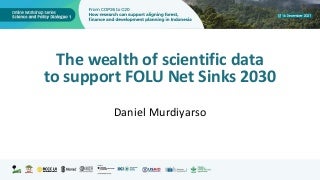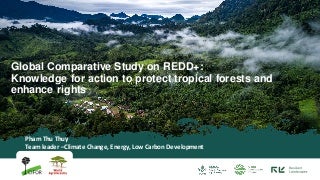Seasonally dry tropical forests (SDTFs) are one of the most degraded vegetation types worldwide and in Colombia<10% of the original cover remains. This calls for urgent conservation measures and restoration efforts. Understanding the genetic diversity and structure of tree species is crucial to inform not only conservation measures, but also sourcing of planting materials to ensure the long-term success of tree planting efforts, particularly in light of climate change. We assessed the genetic diversity distribution and structure of Ceiba pentandra from twelve representative locations of SDTF in Colombia, and how they may have been shaped by past climatic changes and human influence. We found three different genetic groups which may be the result of differentiation due to isolation of the Caribbean region, the Upper Cauca River Valley and the Patía River Valley in pre-glacial times. Range expansion of SDTF during the last glacial period, followed by more recent range contraction during the Holocene can explain the current distribution and mixture of genetic groups across contemporary STDF fragments. Most of the sampled localities showed heterozygosity scores close to Hardy–Weinberg expectations. Only two sites, among which the Patía River valley, an area with high conservation value, displayed significantly positive values of inbreeding coefficient, potentially affecting their survival and use as seed sources. While the effects of climate change might threaten C. pentandra populations across their current distribution ranges, opportunities remain for the in situ persistence of the most genetically diverse and unique ones. Based on our findings we identify priority areas for the in situ conservation of C. pentandra in Colombian SDTF and propose a pragmatic approach to guide the selection of appropriate planting material for use in restoration.
Tag: tropical forest
- Home
- Genetic diversity of Ceiba pentandra in Colombian seasonally dry tropical forest: implications for conservation and management











